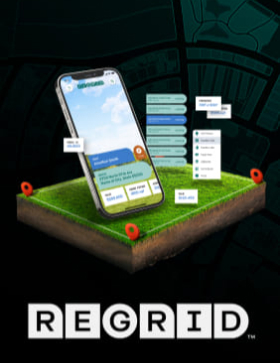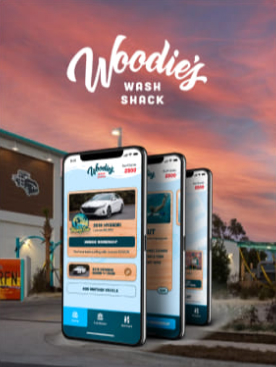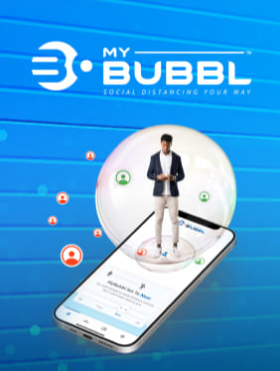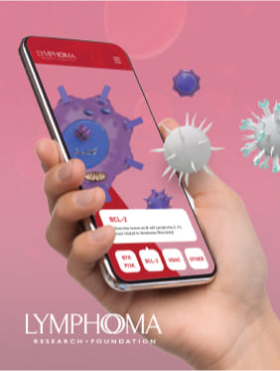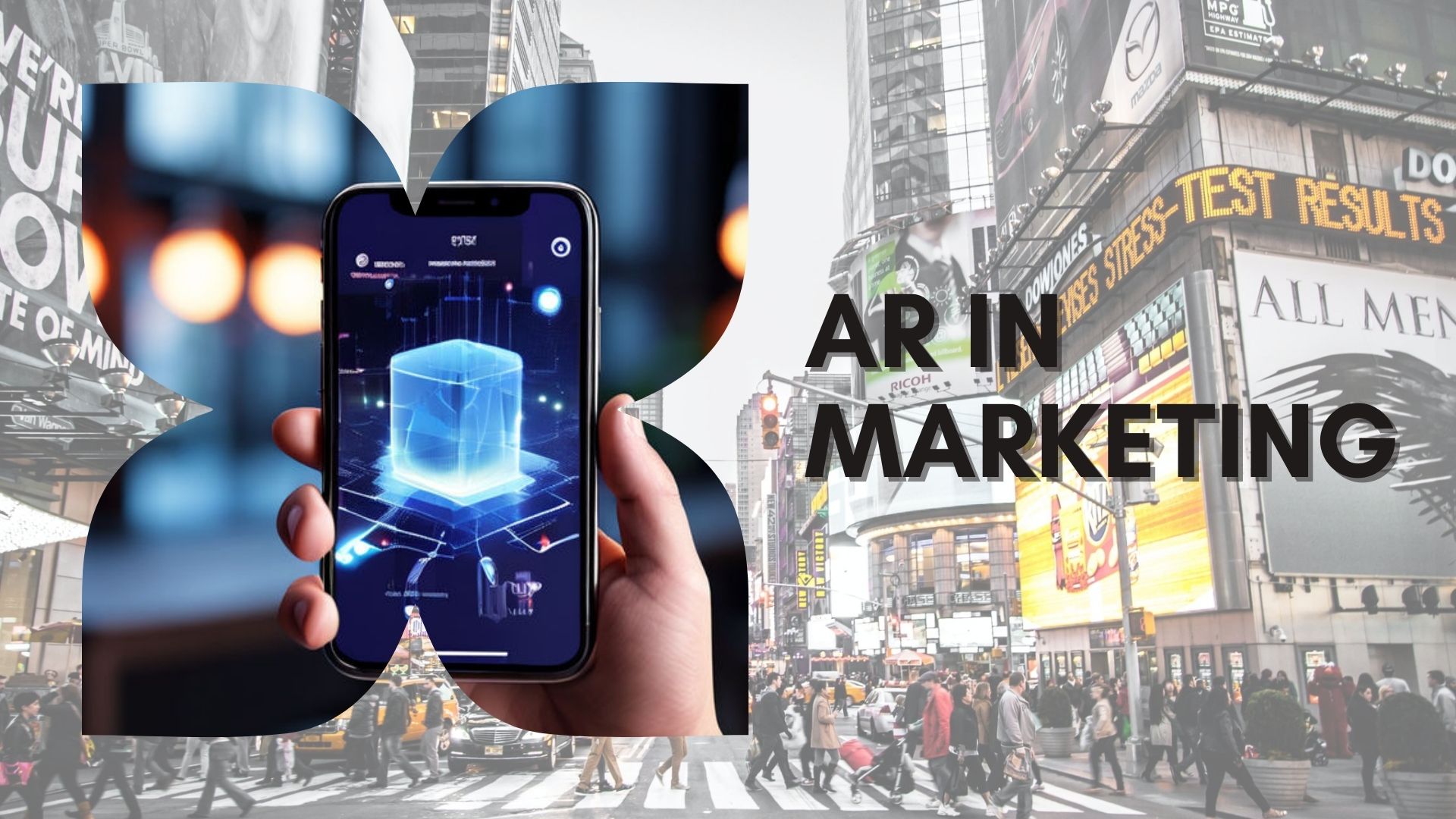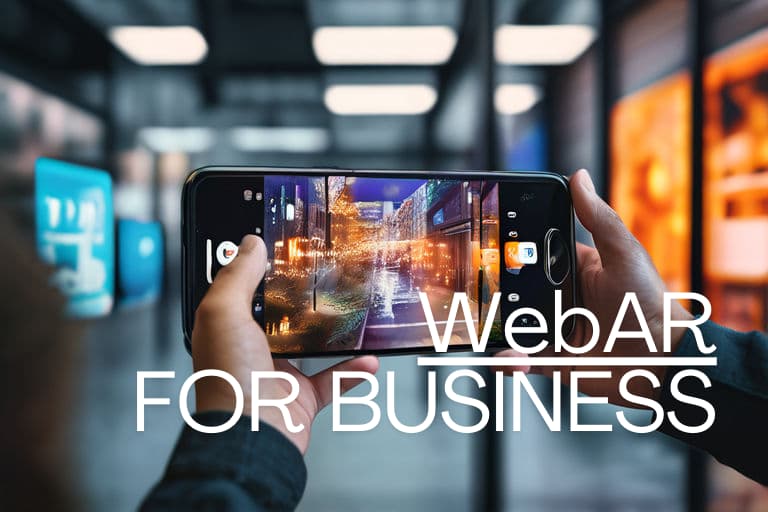
If you’re like us (continually keeping an ear to the ground about the release and reviews of new mobile technology), there is a chance you’ve seen that the Internet has been throwing some serious shade at the Lenovo Phablet 2.
Obviously, no device is flawless (and it is worth mentioning that the Phab 2 is only the first phone equipped with Google’s Tango). This said, we’re prepared to take a potentially controversial stance:
We think the pros of the Phablet 2 outweigh the cons. In fact, we kinda like it!
What Is Tango?
Most location-based augmented reality experiences rely on Bluetooth or GPS capabilities to recognize a location and perform certain actions. Tango, on the other hand, uses computer vision to instinctively recognize its surroundings and display information or images accordingly. News Atlas reviewed the Phablet 2 themselves and drew a great comparison between the current version of Pokemon Go and what the Tango technology could do for the game.
In short, they explained that Pokemon Go currently relies on GPS for the augmented reality version of the game. The downside to this is that, while the app knows where the user is (within a couple meters), the AR view doesn’t truly understand the space. This means that the capabilities of the app to overlay digital content is limited — creating the appearance that characters don’t naturally blend in with their environment. It’s not uncommon to find a character magically floating in the air or oddly out of place. On the contrary, if Tango were involved, the technology could recognize your surroundings and have the characters not only placed perfectly but have them interact with it.
Think of it this way: The Tango could take the game further by not only putting a Pokemon on your couch but it could have it crawl out from underneath it, run around the sides, etc!
Another magic trick that Tango can perform is measuring real-life objects like tables and chairs. Tango can even measure entire rooms and take things a step further by using it to place virtual furniture within a space. We aren’t even getting into the educational and gaming opportunities that Tango possesses. If you haven’t taken the time to delve into Tango and it’s capabilities we highly recommend it!
‘But…The Phone Is Too Big’
If you’re a fan of the band Phish and figured that the PH in phablet stood for phabulous…we’ll give you a pass. Otherwise, with the words phone and tablet being combined, you had to of known that the mobile device was going to have some size behind it. Sure, bigger doesn’t always mean better, but when you have a phone that can pull of the stunts that the Phablet can you will need some mega processing power (3GB of RAM & 32GB of memory) with a large screen size to make it all worthwhile. It’s packing a 6.4 inch screen, not to mention battery life that is unrivaled compared to other smartphones. The caveat here is that when Tango is in use on the Phab 2, we have noticed that the battery life does seem to diminish faster.
The Phablet has a fingerprint sensor that is similar to that of the iPhone, but it is only it is on the back of the phone. A major complaint that has surfaced here is that it is hard to reach — especially if you have small hands. That’s fair but, speaking for ourselves, we would rather keep as much room on the front of the phone for the display as possible.
The Insides
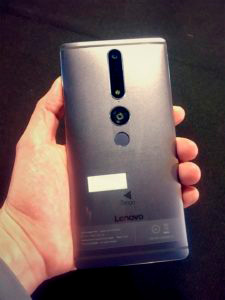
As mentioned above, the Phablet 2 contains 3GB of RAM & 32GB of memory. Not enough? Go Phablet 2 Pro with 4GB of RAM and 64GB of storage in addition to Qualcomm’s Snapdragon 652 processor. The phone itself runs on Android’s Marshmallow software. Which if you’re an Android person, and read the reviews it’s a pretty exciting prospect.
The camera in the phone has been very technically described as ‘meh.’ It doesn’t do anything special (in terms of taking pictures) but it does get the job done. If taking high-quality photos is a big priority for you, than perhaps Phablet isn’t the phone for you. This said, if augmented reality is your thing, you’ll love the camera and what it brings to the table.
The back of the phone is AR-equipped with a fisheye camera lens so that it can get a wide view of its surroundings. It also has an RGB (color model) camera that helps it identify what is in the room. That’s cool, but here’s the doozy: To help its identification process, the back of the phone also emits an infrared (IR) grid that helps it determine the distance between objects.
Our Diagnosis
It very well could be that the Lenovo Phablet 2 isn’t for everyone but, from what we’ve seen, most people who are critical of the Phablet are only thinking in terms of the business-to-consumer model.
At Gravity Jack, we want to make the argument that Phablet paired with our Adroit technology is a home run for the business-to-business model (frankly, where we see AR having the largest, most immediate impact).
Imagine all of the industries that rely on tablets or smartphones for operations. Now, imagine the same industries that could harvest huge benefit from scanning an object and immediately having instructions, maintenance information, tutorials, walk-throughs — all on the spot.
- The ability to walk an off-site technician (or even a non-technician) through a step-by-step repair process, when sending someone else would cost precious time and money
- A home builder that needs to measure lumber and also have the holes he needs to hammer predetermined for him.
- An on-call mechanic who repairing a car on site who could scan the engine with his phone and run diagnostics that way.
- The scenarios could go on, and we plan to explore more of them in depth in an up and coming blog series.
At first glance, the Phablet may seem to be getting a bad wrap out of the gate, but we wanted to take a step back and consider why.
Frankly — our conclusion is that maybe it’s not for everyone, but it definitely could be.

